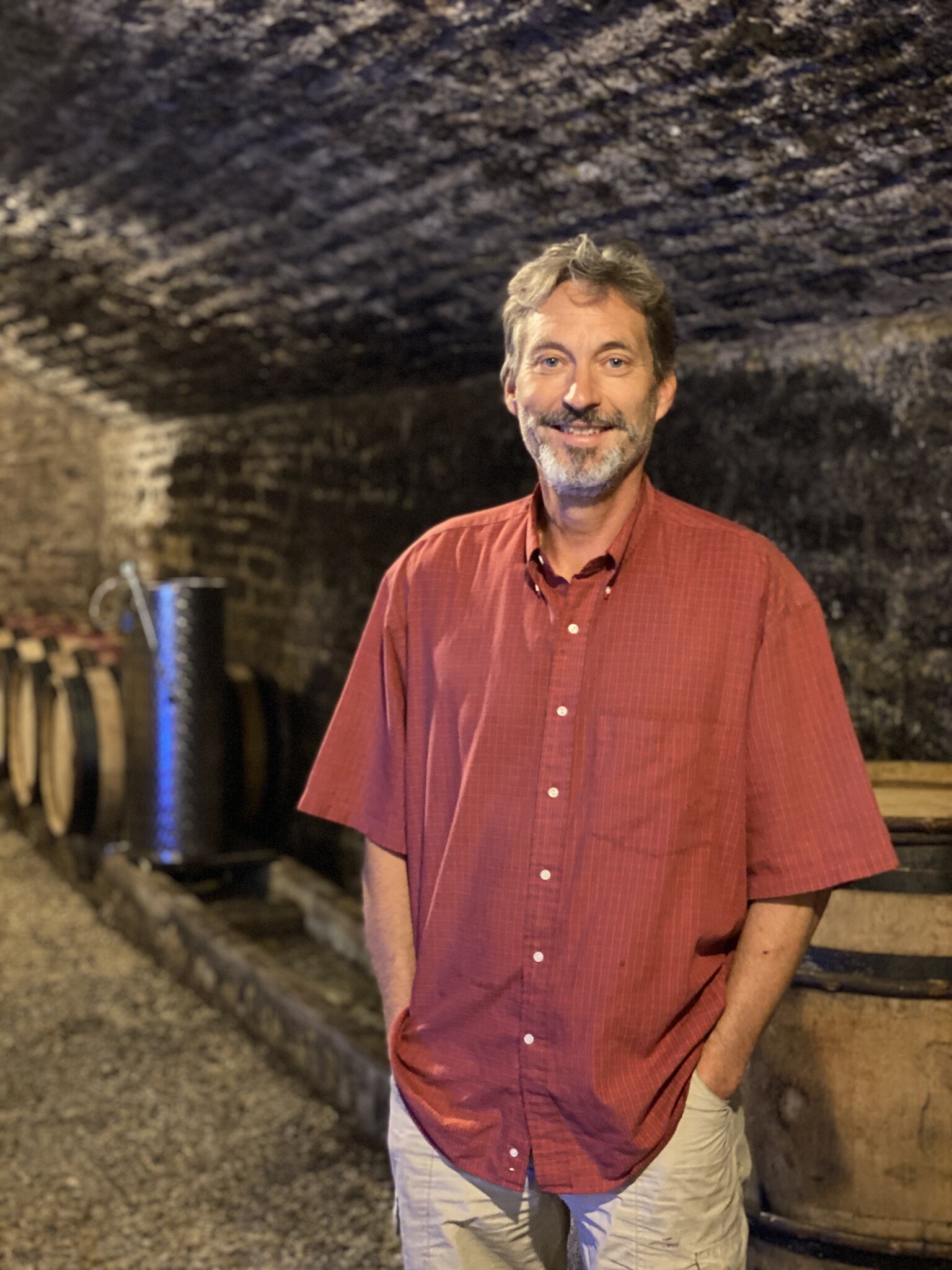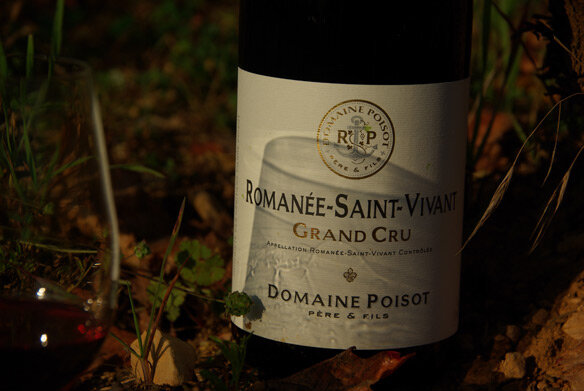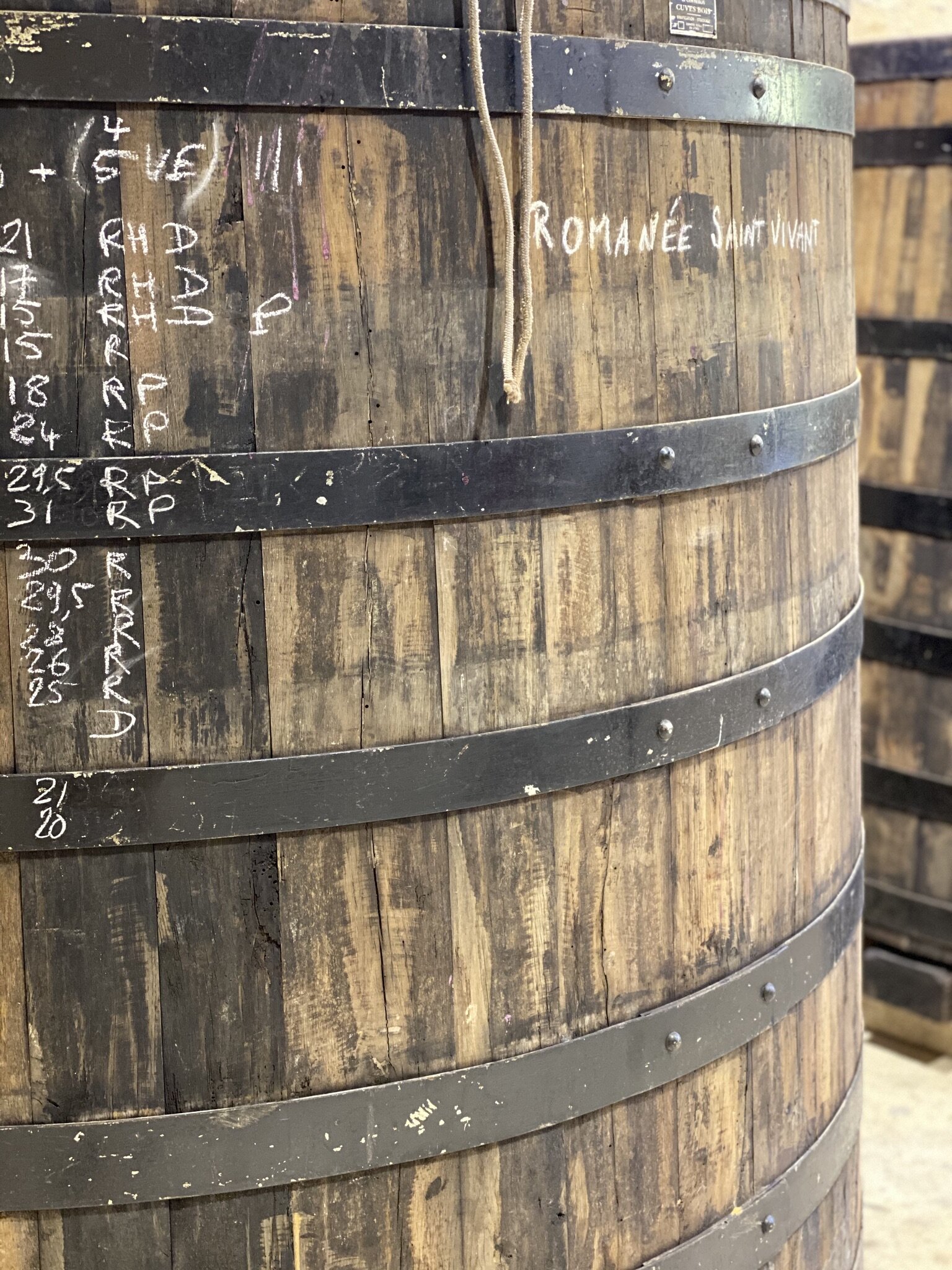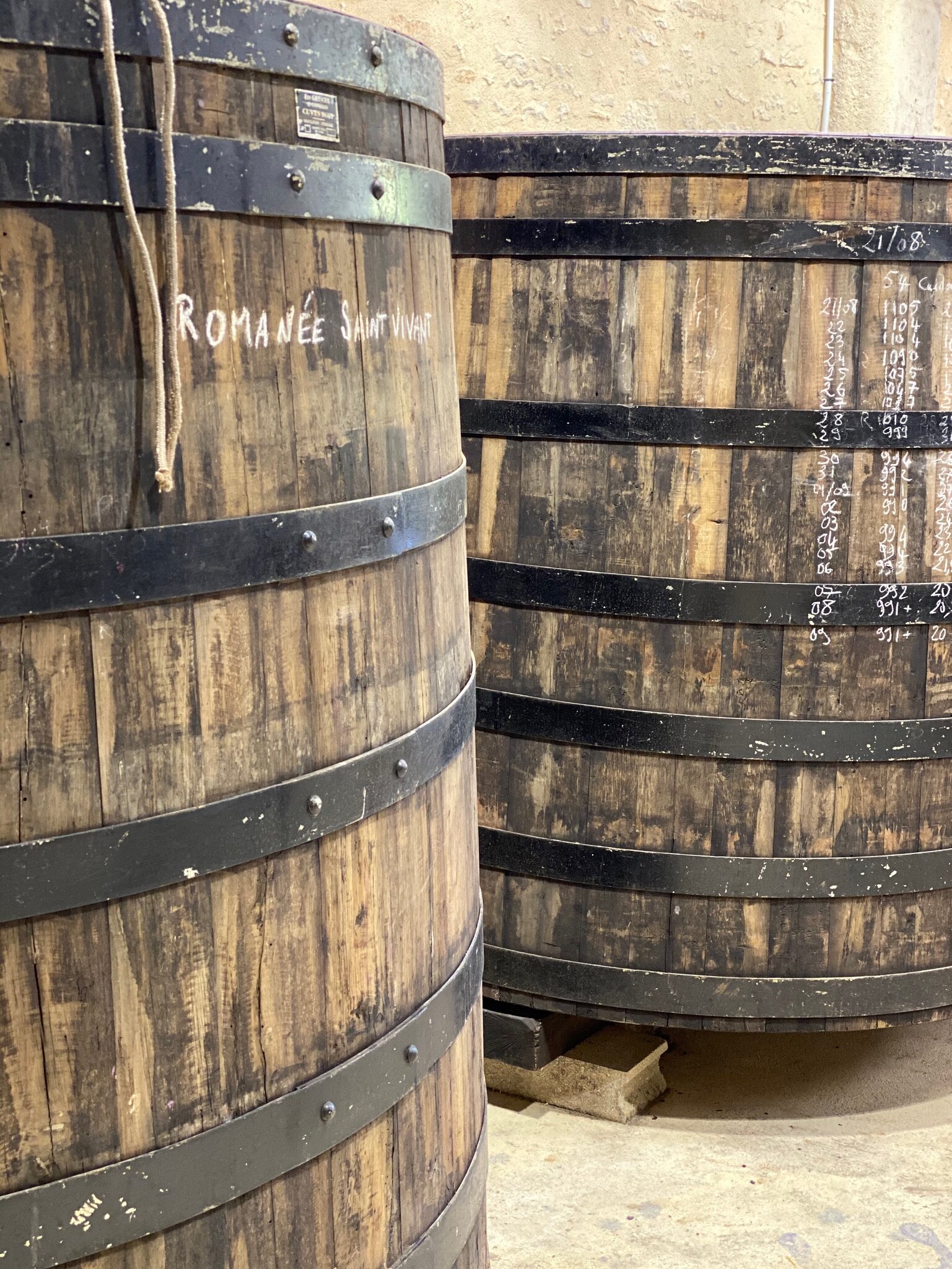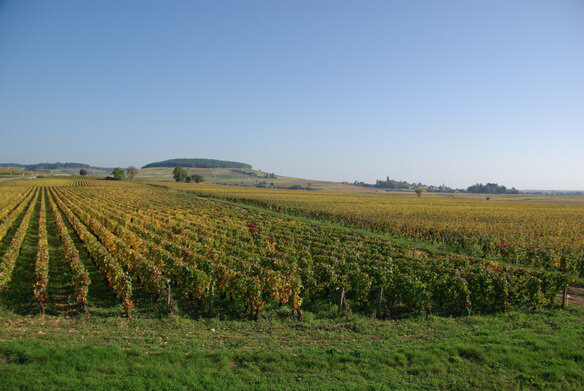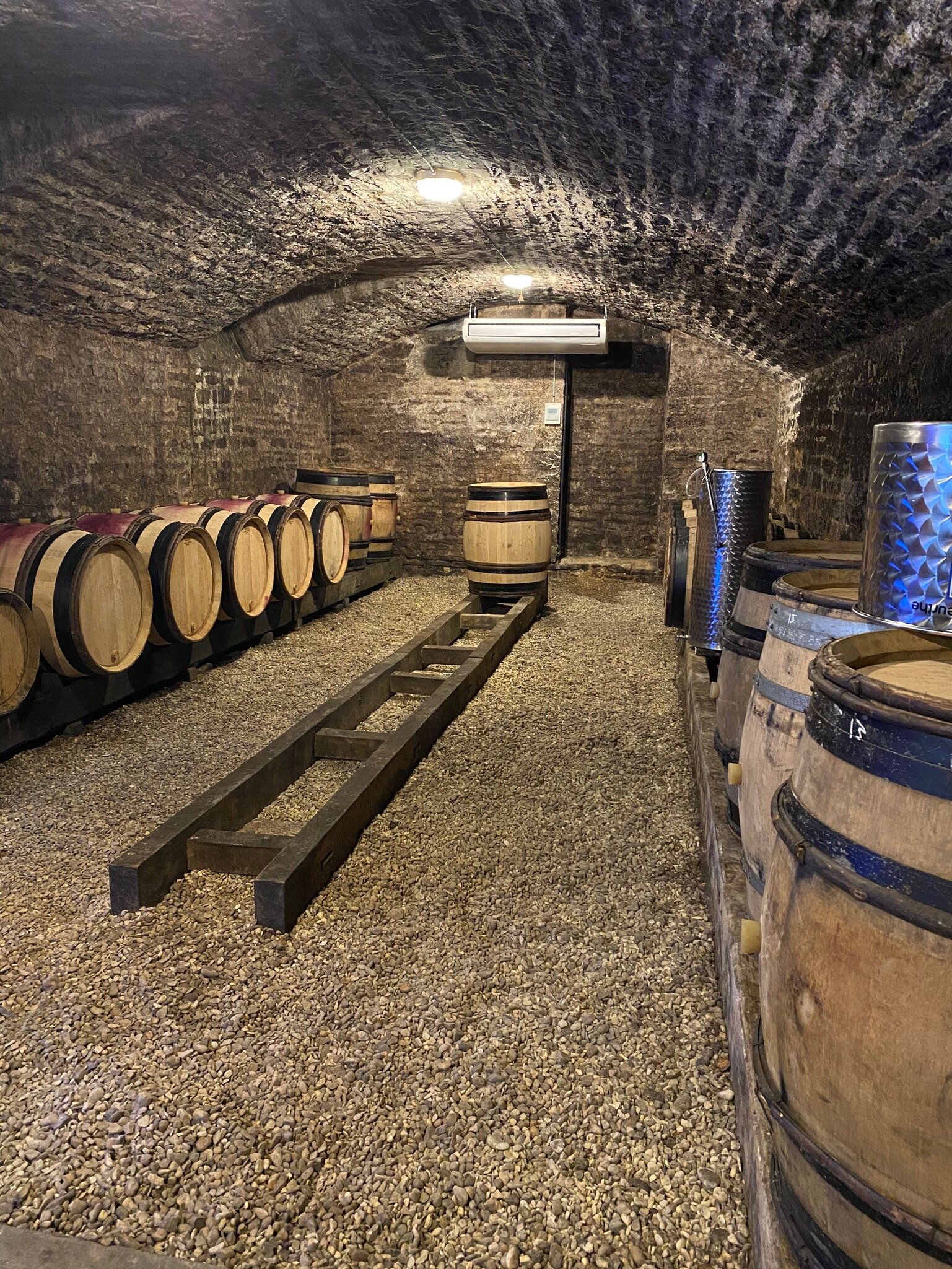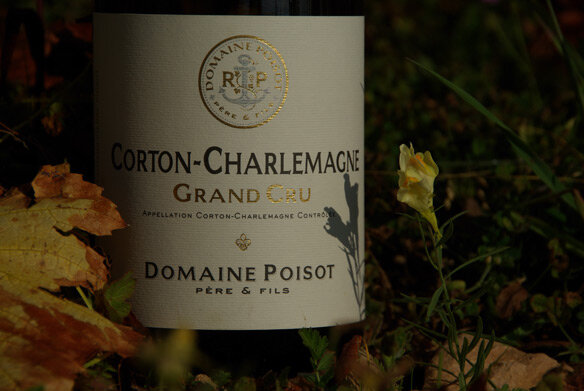DOMAINE POISOT PÈRE ET FILS
Aloxe-Corton
The family name Poisot has been associated with wine-growing in the region since the early 1900s when Marie Poisot inherited half of her father’s vineyards. Marie Poisot was the daughter of Louis Latour. Her brother, Louis, inherited the other half, the hub of today's Maison Louis Latour.
Rémi Poisot is the 4th generation of Poisot to cultivate and make wine in Aloxe-Corton. Prior to taking over the family vineyards, Rémi was exploring the world as a naval officer of the French Navy for 25 years. It’s only in September 2009, that he left the Navy to start training at the Vocational Training and Agricultural Promotion Centre in Beaune. 24 years after his father Maurice had stopped, Rémi resumed the cultivation of the family vines in June 2010.
Today, Rémi cultivates approximately 2 hectares of vines including plots in 3 stunning Grand Cru vineyards.
With pride and humility, he intends to follow in the footsteps of his predecessors while going further. While his father sold grapes and wines to local négociants, Rémi decided to bottle and commercialize his own wines.
In the Vineyard
Aware that there is no good wine without good grapes and no good grapes without good vines, Remi Poisot’s methods in the vineyard are respectful of the environment and he works meticulously to preserve as much as possible the natural balance of the vine stocks and to promote biodiversity in the vineyards.
The soils are ploughed and treatments are carefully reasoned. Careful trellising avoids clumps of vegetation while favoring photosynthesis, which ensures that the grapes ripen properly. Rémi Poisot practices leaf-thinning on the side facing the rising sun to promote ventilation around the clusters and limit the development of botrytis.
To ensure that harvest is done at the optimum time, Rémi goes around his vineyards and samples the grapes at regular intervals.
When the time is right, the bunches are harvested by hand and sorted in the vineyard by the cutters. The grapes are then transported to the winery in small harvest crates.
In the Cellar
In keeping with the family history, the cellar where the grapes are vinified is located in Aloxe-Corton. Rémi Poisot’s winemaking philosophy is one of minimal intervention.
Once arrived at the winery, the Chardonnay grapes are gently pressed and moved to stainless steel tanks for 24 hours for clarification. This juice is then transferred to oak barrels, where its alcoholic fermentation will occur over several weeks. Alcoholic fermentation is carried out with indigenous yeasts only.
The red grapes are 100% de-stemmed before being placed in open oak vats, where they are macerated for a few days at 15°/ 17°C. The alcoholic fermentation starts naturally with indigenous yeasts and takes approximately 15 days. During this period, punching-down is carried out daily in order to extract the maximum amount of color and aromatic compounds. Once the alcoholic fermentation is completed the wine is pressed and transferred to oak barrels for aging.
The wines are aged for 16 to 18 months in oak barrels, 20 to 60% of which are new, depending on the appellations and vintages. After malolactic fermentation, the wine is racked to remove the coarser lees. A second racking is performed just before bottling. The wine is then transferred back to a stainless steel tank for 3 to 4 weeks.
The red wines are bottled without fining and filtration. Depending on the vintage, the white wines may undergo fining.
Corton Charlemagne Grand Cru
Corton Charlemagne is one of the best Grands Cru whites of the Côte de Beaune. The 0.57-hectare plot is planted on a hillside, on the highest part of the hill of the Corton Grands Crus. Facing to the southeast, the 50-year-old vines overlook the village of Ladoix-Serrigny and flourishes on limestone soil with white loam.
About 2,800 bottles are produced every year.
Corton Bressandes Grand Cru
Corton is the only red Grand Cru of the Côte de Beaune. Poisot’s Corton Bressandes plot is planted on the lower part of the Corton Grands Crus hill and covers 0.43 hectares. Facing southeast the old Pinot Noir vines flourishes on gently sloping brown limestone soil, rich in marls and stony.
About 2,000 bottles are produced every year.
Romanée Saint-Vivant Grand Cru
The Poisot family farms 0.49 hectares in the Romanée Saint-Vivant Grand Cru vineyard. The plot is planted on brown limestone heavy clay and quite deep soil. Facing the rising sun, it is located at the foot of the mythical Romanée Conti. Vines here are on average 35-year-old.
About 2,200 bottles are produced every year.
Pernand-Vergelesses 1er Cru
En Caradeux
Opposite the Corton hill, the Pernand-Vergelesses 1er Cru "En Caradeux" plot faces the rising sun. The 0.36-hectare plot is located halfway up the hillside, between 250 and 300 meters above sea level. On average 45-year-old the vines are planted on stony limestone soil and a subsoil of marl with silica residue of flintstone-encrusted limestone.
Only 1,800 bottles are produced every year.
Pernand-Vergelesses Village
This Pernand-Vergelesses Village wine comes from a small 0.20-hectare plot on the highest part of the En Caradeux slope, under the wood. Facing east, above the 1er Cru vines, the Chardonnay vines were planted in 2013 on yellowish marly soils.
Only 1,400 bottles are produced every year.






